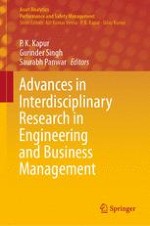2021 | OriginalPaper | Chapter
Tackling the Imbalanced Data in Software Maintainability Prediction Using Ensembles for Class Imbalance Problem
Authors : Ruchika Malhotra, Kusum Lata
Published in: Advances in Interdisciplinary Research in Engineering and Business Management
Publisher: Springer Nature Singapore
Activate our intelligent search to find suitable subject content or patents.
Select sections of text to find matching patents with Artificial Intelligence. powered by
Select sections of text to find additional relevant content using AI-assisted search. powered by
